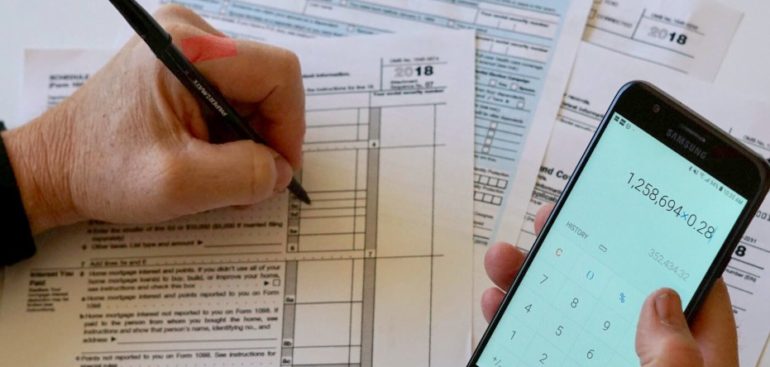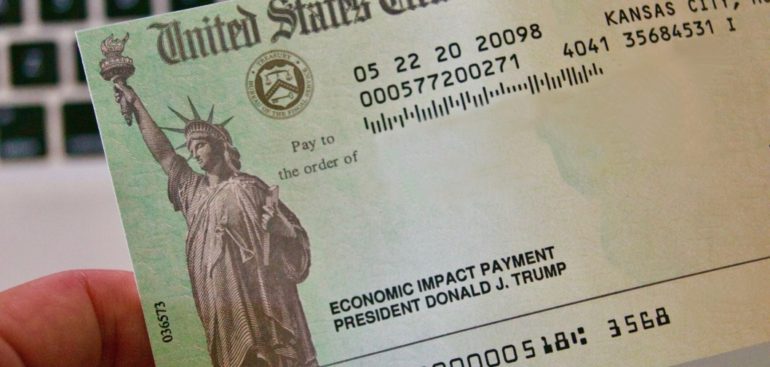In today’s article we are going to discuss the reporting requirements of for foreign accounts held by taxpayers.
There are two different forms that possibly need to be filled out by a taxpayer holding a foreign account. These two different forms have different requirements for who needs file. These two forms are the FATCA Form 8938 and the FBAR form 114 and if a taxpayer meets the requirements with their foreign held accounts, they must file this form on or before April 15th of each year.
These forms each have different filing requirements so I will separately break down in detail when a taxpayer is required to file and to whom each filing needs to be submitted.
It is also very important to know that the filing of one form is not a replacement for the filing of the other. Some taxpayers may only be required to file one, while some may be required to file both forms.
FACTA Requirements (Form 8938)
FACTA or the Foreign Account Tax Compliance Act is a tax law addressing tax noncompliance by US taxpayers with foreign accounts by focusing on the reporting by US taxpayers and foreign financial institutions.
In general, federal law requires US citizens and resident aliens to report any worldwide income, including income from foreign trusts and foreign bank and securities accounts.
In most cases, affected taxpayers need to complete and attach Schedule B to their tax returns. Part 3 of Schedule B asks about the existence of foreign accounts, such as bank and security accounts and generally requires US citizens to report the country in which each account is located.
In addition, certain taxpayers have to complete and attach to their return form 8938 Statement of Special Foreign Financial Assets.
US citizens and certain non-residents as well as certain US corporations, trusts and partnerships who have an interest in foreign financial assets and meet the reporting thresholds are required to file this form with the IRS.
The threshold for qualified Single or Married filing Separately taxpayers living in the US is the value of the assets is more than $50,000 on the last day of the tax year or more than $75,000 at any time during the year.
The threshold for a married individual filing jointly is a taxpayer who holds an account with the total value of assets of more than $100,000 on the last day of the tax year or more than $150,000 at any time during the year.
The threshold for taxpayers living outside of the United States is different.
A taxpayer filing Single or Married filing Separately and is living outside the US must file this form if the value of the assets was more than $200,000 on the last day of the tax year or more than $300,000 anytime during the year.
A taxpayer that is filing married filing jointly is required to file this form if the value of the assets was more than $400,000 on the last day of the tax year or more than $600,000 at any time during the year.
This form is attached to your annual return and due by the expat tax filing deadline including any allowable extensions. If not received by the deadline there can be a penalty of up to $10,000 for failure to disclose and an additional $10,000 for each 30 days of non-filing after the IRS notice of failure to disclose is sent. This penalty holds a maximum penalty of $60,000 and criminal penalties may apply also.
FBAR Requirements (Forms 114)
FBAR refers to Form 114, Report of Foreign and Financial Accounts that must be filed with the Financial Crimes Enforcement Network (FinCen), which is a bureau of the Treasury Department.
FinCen Form 114 is used to report a financial interest or signature authority over a foreign account. The due date for filing the FBAR is April 15. FinCen will grant filers failing to meet the FBAR annual due date of April 15th an automatic six-month extension to October 15th each year.
Generally, an account at a financial institution located outside of the United States is a foreign financial account. If the aggregate value of those foreign financial accounts exceeded $10,000 at any time during the year it must be reported. This is a cumulative amount so if you have two different foreign accounts with a combined account balance greater than $10,000 at any one time during the year, you will need to report both accounts.
There are certain accounts or certain situations when a FBAR filing is not required.
- Correspondent/Nostro accounts,
- Owned by a governmental entity,
- Owned by an international financial institution,
- Maintained on a United States military banking facility,
- Held in an individual retirement account (IRA) you own or are beneficiary of,
- Held in a retirement plan of which you’re a participant or beneficiary, or
- Part of a trust of which you’re a beneficiary, if a U.S. person (trust, trustee of the trust or agent of the trust) files an FBAR reporting these accounts.
You don’t need to file an FBAR for the calendar year if:
- All your foreign financial accounts are reported on a consolidated FBAR.
- All your foreign financial accounts are jointly-owned with your spouse and:
- You completed and signed FinCEN Form 114a authorizing your spouse to file on your behalf, and your spouse reports the jointly-owned accounts on a timely-filed, signed FBAR.
It is very important to remember that this form is not filed with your return and is not submitted to the IRS.
You must file the FBAR electronically through the Financial Crimes Enforcement Network BSA E-Filing System.
If you do not want to e-file then you must contact FinCen to request an exemption from e-filing. If they approve you then they will send you the paper FBAR form to complete and mail to the IRS at the address in the form’s instructions.
Married taxpayers are able to file a single FBAR with their spouse only if either none or only one of you own a separate account. Otherwise each spouse must file their own form.
If you are required to file, the FBAR and fail to do so on time or if you do not correctly report your foreign accounts you can be subject to a penalty of up to $10,000.
If you knowingly fail to file, meaning you were fully aware of your requirement and you failed to do so you could get hit with a penalty up to $100,000 per violation or even higher depending on your account balances at the time of the violation.
Persons required to file an FBAR must retain records that contain the name in which each account is maintained, the number of other designations of the account, the name and address of the foreign financial institution that maintains the account, the type of account, and the maximum account value of each account during the reporting period.
These records must be retained for a period of 5 years from April 15th of the year following the calendar year reported and must be available for inspection as provided by law.
How does the IRS & FinCen Catch Avoiders?
The Foreign Account Tax Compliance Act also obliges foreign banks to report their American account holders to the IRS including their bank balance.
As of June 2016 197,000, foreign financial institutions were signed up to comply.
This means that the IRS knows about more or less all American financial and bank accounts abroad, including their balances, along with the name and address of their account holders. The IRS can now simply cross reference this data with FBAR filing data. Much like the way they seek out taxpayers for unreported income.
Streamlined Filing Compliance Procedures
Filing an FBAR late or not at all is a violation and may subject you to penalties. If you have not been contacted by IRS about a late FBAR and are not under civil or criminal investigation by IRS, you may file late FBARs and, to keep potential penalties to a minimum, should do so as soon as possible. To keep potential penalties to a minimum, you should file late FBARs as soon as possible. If you were truly not aware of your filing obligations, there is a voluntary disclosure program that can possibly help you catch up with your filing and possibly pay any back taxes owed without penalty.
In conclusion it is very important that all foreign accounts are reported to the IRS and the Financial Crimes Enforcement Network. If you do not understand the requirements or how to file then you should seek the advice of a true tax professional.
Enrolled Agents and CPA’s have the licensing and knowledge to properly advise you. If you have failed to file these forms and meet the requirements for either the FBAR or FACTA and have further questions or are ready to fix your situation contact us for a free tax consultation.
Let’s see how we can help you resolve your situation so you can stop worrying about the IRS.









